How to Outsmart Your Weeds for Good (No Chemicals Needed)
I’ve spent more time than I can count with my hands in the dirt, working with all kinds of soil from sticky clay to rich loam. And in all that time, I’ve learned one fundamental truth about weeds: you don’t really win a war against them. It’s more like you create a balance in your garden.
In this article
- First, Know Your Enemy: Not All Weeds Are Created Equal
- Your Weeds Are Trying to Tell You Something
- Your Best Tools Are Your Hands (and a Few Helpers)
- The Art of the Hoe
- Smother Them Out: The ‘Lazy’ Gardener’s Best Friend
- Using Heat: A Targeted Approach
- Now, What Do I Do With This Giant Pile of Weeds?
- The Long Game: The Best Weed Control is a Thriving Garden
- Inspiration:
The real goal isn’t to have a patch of sterile, lifeless ground. It’s to build a healthy, thriving garden where the plants you actually want to grow have the clear advantage.
It’s so tempting to see a weed and immediately reach for a spray bottle. I get it. It feels fast, easy, and final. But honestly, I’ve been called in to help fix too many gardens that were damaged by those “easy” chemical solutions. They can cause some serious long-term harm to the soil, the good bugs, and even the plants you’re trying to protect. My approach is all about understanding why a weed is showing up in the first place. Once you know that, you can get rid of it and keep it from coming back, all without the nasty stuff.
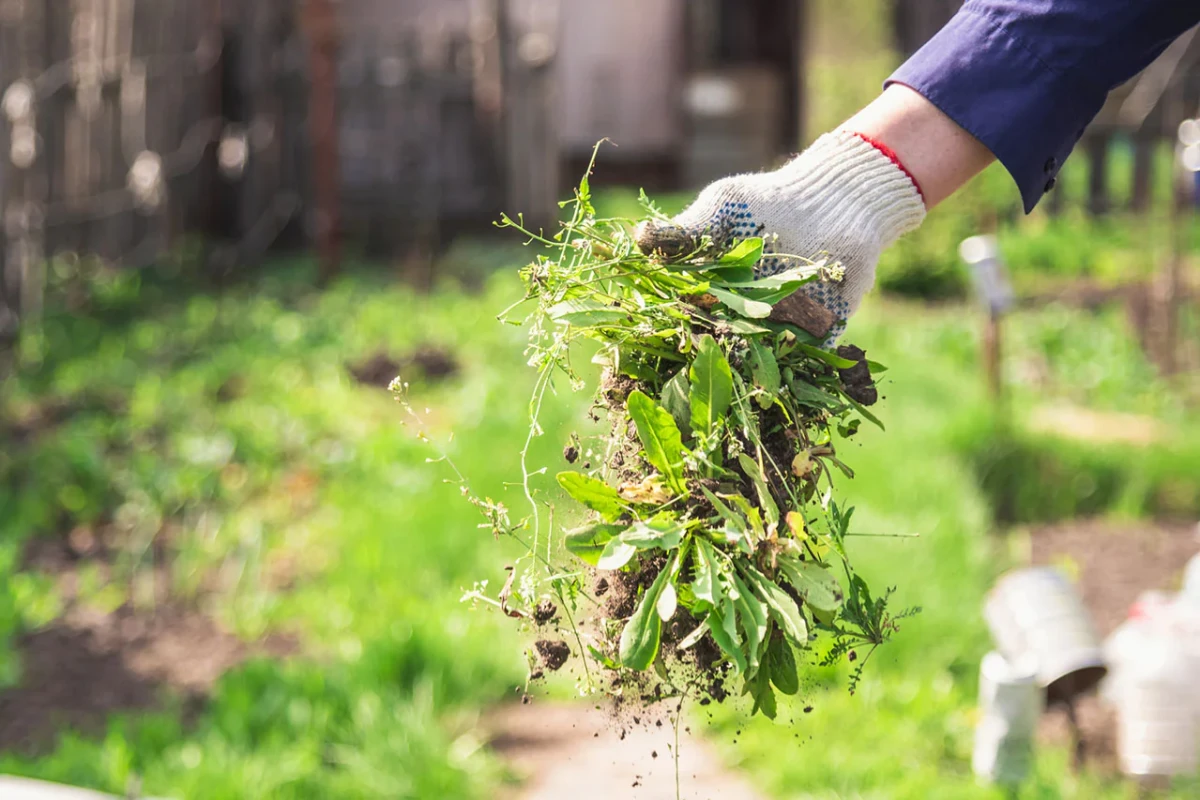
First, Know Your Enemy: Not All Weeds Are Created Equal
This is probably the most important thing you need to get right. If you use the wrong strategy for the type of weed you have, you’re just wasting your time and energy. Trust me, I once spent an entire afternoon hoeing a patch of field bindweed, only to have it laugh in my face and come back twice as thick.
- Annual Weeds: Think of these as the sprinters. They live their whole life in one season—sprout, grow, make seeds, and die. Crabgrass and chickweed are common ones. The absolute key here is to get them before they set seed. A single plant can drop thousands of seeds, creating a problem for years to come.
- Perennial Weeds: These are the marathon runners. They live for years and are masters of survival. They might spread by seed, but their real power is in their root systems—deep taproots or spreading rhizomes. Dandelions, thistle, and that dreaded bindweed are perennials. Just cutting the top off is like giving them a haircut; they’ll grow back, and often stronger. You have to exhaust or remove the root system completely.

Your Weeds Are Trying to Tell You Something
Over the years, I’ve learned that weeds are like nature’s little soil-test kits. What’s growing can give you some major clues about what’s happening underground. It’s a game-changer because you can treat the cause, not just the symptom.
- Seeing lots of dandelions or plantain? That’s your soil practically screaming that it’s compacted and heavy. Their strong taproots are actually trying to break it up for you. The long-term fix isn’t just pulling them; it’s aerating your lawn and top-dressing with compost each year to loosen things up.
- Purslane popping up? This often shows up in nice, fertile soil, but it can also be a sign of low calcium or high magnesium.
- Clover taking over your lawn? Don’t rush to kill it! Clover is a fantastic nitrogen-fixer. Its presence usually means your soil is low on nitrogen. I often let it be, as it provides a free source of fertilizer for the grass around it.
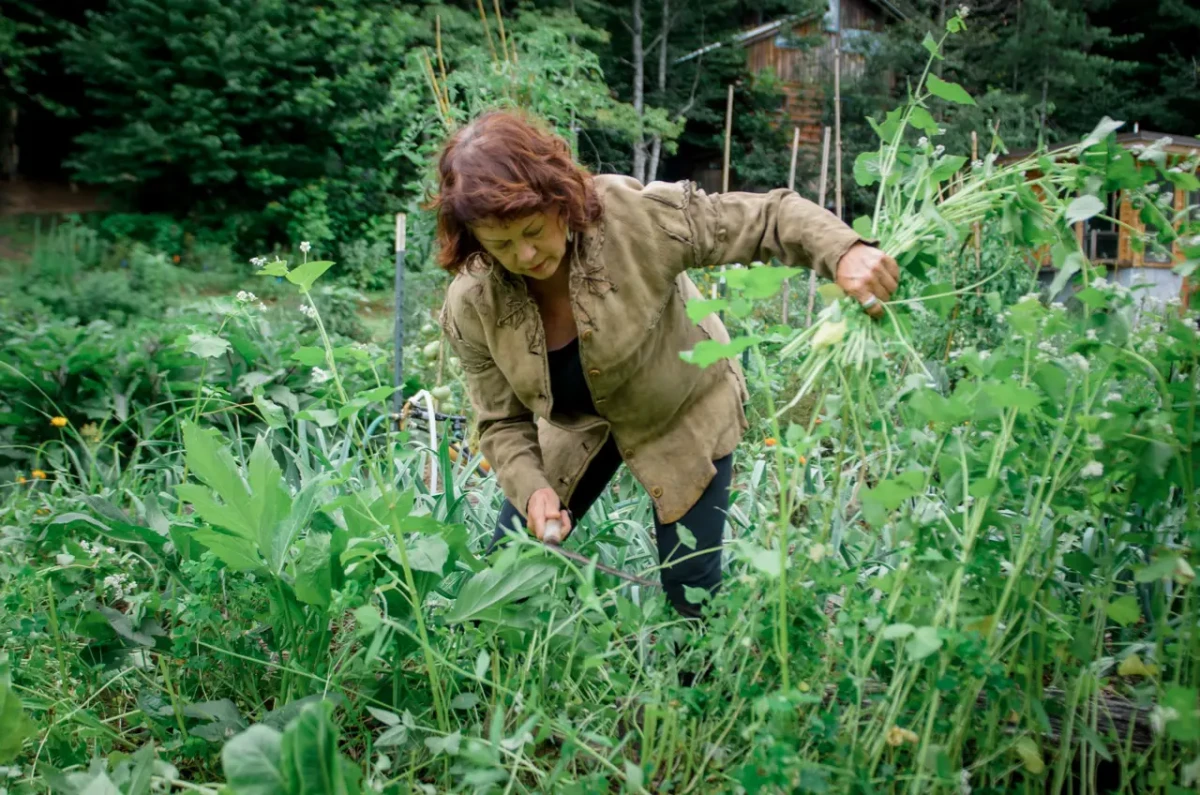
Your Best Tools Are Your Hands (and a Few Helpers)
The most reliable weed control methods are still the simple ones. This is the real work of gardening, the part that connects you to the soil. But there’s a right way to do it.
Hand-weeding is always best after a good rain or a deep watering when the soil is soft. This lets the roots slide out instead of snapping off, which is a guaranteed comeback for a perennial.
My Go-To Gear:
- A Soil Knife (or Hori-Hori): This is my most-trusted tool. It’s a sort of hybrid between a trowel and a knife, with a sharp edge and a serrated one. It’s perfect for prying up stubborn taproots. Expect to pay between $20 and $40 for a good one. A quick tip: look for a “full tang” model, where the metal goes all the way through the handle. It won’t snap on you. You can find them at most good garden centers or online.
- A Dandelion Weeder: This forked tool is a must-have for anything with a deep taproot. It gives you the leverage to pop the whole root out without much effort.
- Good Gloves: Non-negotiable. A fitted, water-resistant pair will save you from thorns and blisters.
When you pull, grab the weed low at its base. Use your other hand to press the soil down around it as you pull with a steady, twisting motion. Don’t just yank! If you feel resistance, use your soil knife to loosen the dirt first.
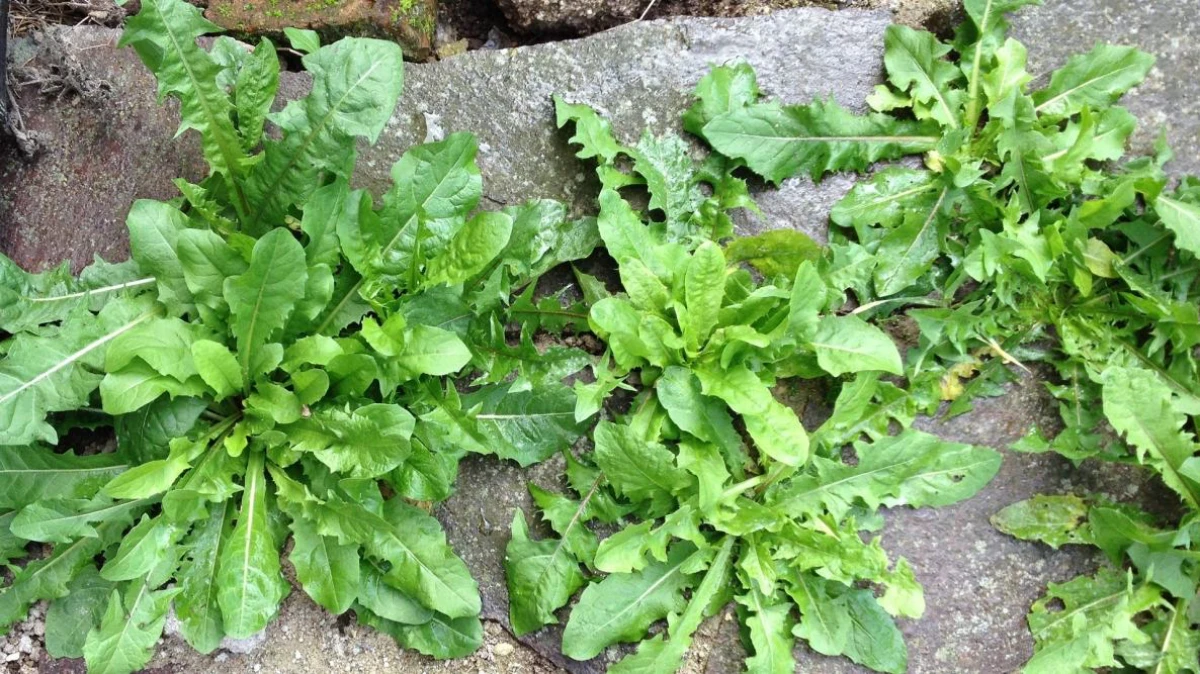
A quick heads-up, because I learned this the hard way: always kneel on a pad or use a small garden stool. I once threw my back out for a week by bending at the waist instead of my knees. Not worth it.
The Art of the Hoe
A hoe isn’t for chopping like an axe; it’s for slicing and scraping. The best time to hoe is on a hot, dry, sunny day, so the uprooted little weeds wither and die on the surface. My favorite is a stirrup or scuffle hoe, which you slide back and forth just under the soil to slice off baby annual weeds. It’s incredibly fast for keeping vegetable garden rows clean.
Smother Them Out: The ‘Lazy’ Gardener’s Best Friend
All plants need light. Block it, and they die. This simple idea is behind some of the most powerful organic weed control techniques.
Sheet Mulching (or Lasagna Gardening): This is my absolute favorite way to build a new garden bed right on top of a weedy lawn. You’re smothering the weeds and building amazing soil at the same time.
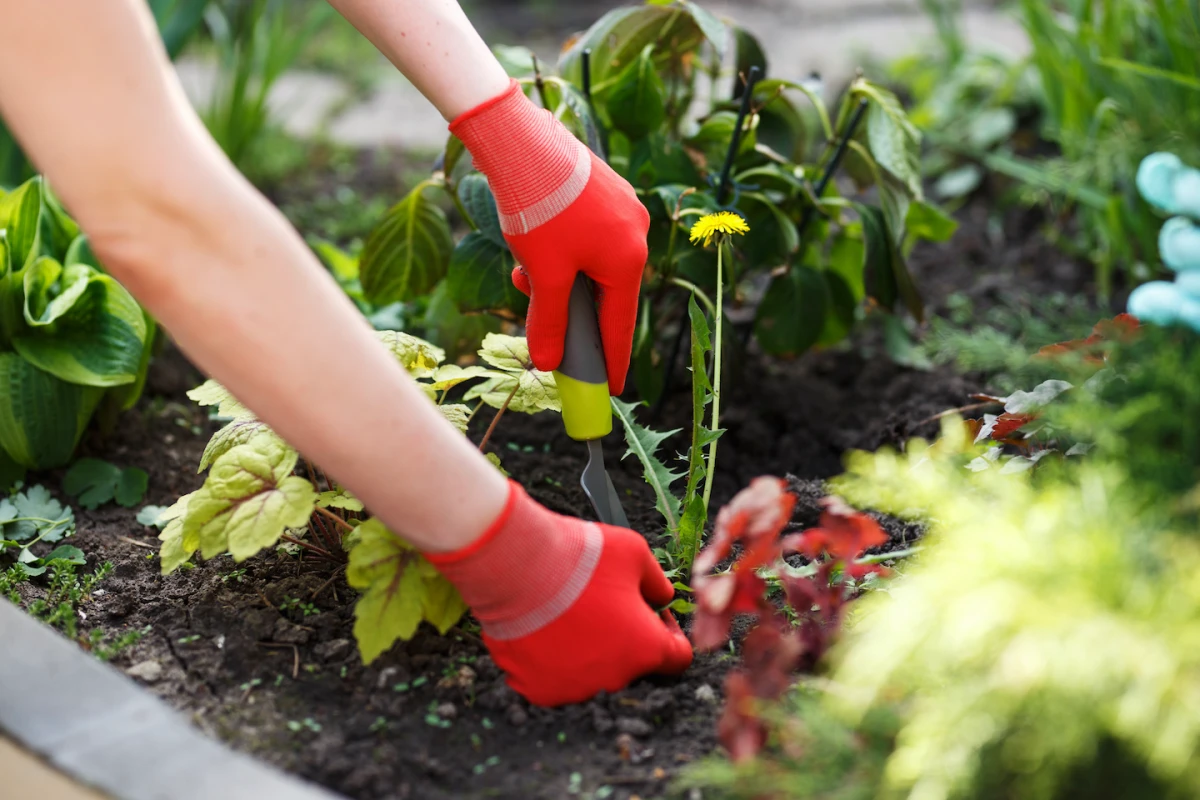
- First, mow or trim the area as low as you can.
- Lay down a layer of overlapping plain brown cardboard. And by the way, make sure you remove all the plastic tape and labels! I’ve seen that stuff melt into the soil, and it’s a nightmare to clean up later.
- Soak the cardboard thoroughly with a hose.
- Pile on 4-6 inches of organic stuff—compost, shredded leaves, grass clippings.
- Finish with a 2-4 inch layer of wood chips or straw as a top mulch.
For a typical 10×10 foot bed, this is a solid afternoon’s work, but it will save you dozens of hours of weeding down the line. In a hurry to plant? You can cheat a little. After laying the cardboard, just pile on a thick 6-8 inch layer of high-quality compost and soil. You can plant right into that top layer immediately!
Tarping for Big Areas: For really large, weedy patches, tarps are the professional’s choice. There are two ways to go:

- Occultation (Black Tarp): This is my preferred method. You cover the area with a heavy-duty, light-blocking black silage tarp for 6-8 weeks. The total darkness kills the weeds and even tricks some weed seeds into sprouting, only to die from lack of light. This method is much gentler on the soil’s ecosystem.
- Solarization (Clear Tarp): This method uses a clear tarp to trap heat and basically cook the top layer of soil. It’s very effective but can be a bit of a nuke for beneficial microbes and earthworms. I only use this if I know I’m dealing with a soil disease I need to wipe out.
Oh, and a heads-up: a good, durable silage tarp isn’t super cheap. You might be looking at $100 to $200 for a large one, but it’ll last for years if you store it out of the sun.
Using Heat: A Targeted Approach
Heat can be an amazing tool, but it demands respect. The most common tool is a flame weeder, which is a wand connected to a propane tank. You’re not trying to incinerate the weed, just quickly pass the flame over it until it wilts—like you’re blanching it. This is fantastic for weeds in the cracks of a driveway.

SAFETY IS EVERYTHING HERE. Never use a flame weeder in dry, windy conditions. Always have a hose ready. And be sure to check your local rules! Some towns have fire regulations that might restrict using a tool like this. And whatever you do, NEVER use it on poison ivy; the smoke can cause severe lung damage.
A simpler method? Just a kettle of boiling water. Poured directly on a weed in a pavement crack, it works instantly. But be careful—it will kill any plant root it touches, so keep it far away from your prized perennials.
Now, What Do I Do With This Giant Pile of Weeds?
Okay, you’ve just spent an hour weeding and you’ve got a mountain of green stuff. What now? This is a step people always forget, and it’s critical.
- The Good Pile (Compost): Most annual weeds that haven’t flowered or gone to seed (like young chickweed or lamb’s quarters) can go straight into your compost bin. Even better, you can just “chop and drop” them to let them decompose right on the soil surface.
- The Nasty Bin (Trash): This is for the real villains. Any weed that has a seed head on it goes straight in the municipal green bin or trash. The same goes for the tough, wiry roots of perennials like bindweed, quackgrass, or thistle. If you compost these, you’re basically just starting a new weed colony in your beautiful finished compost. No thank you.
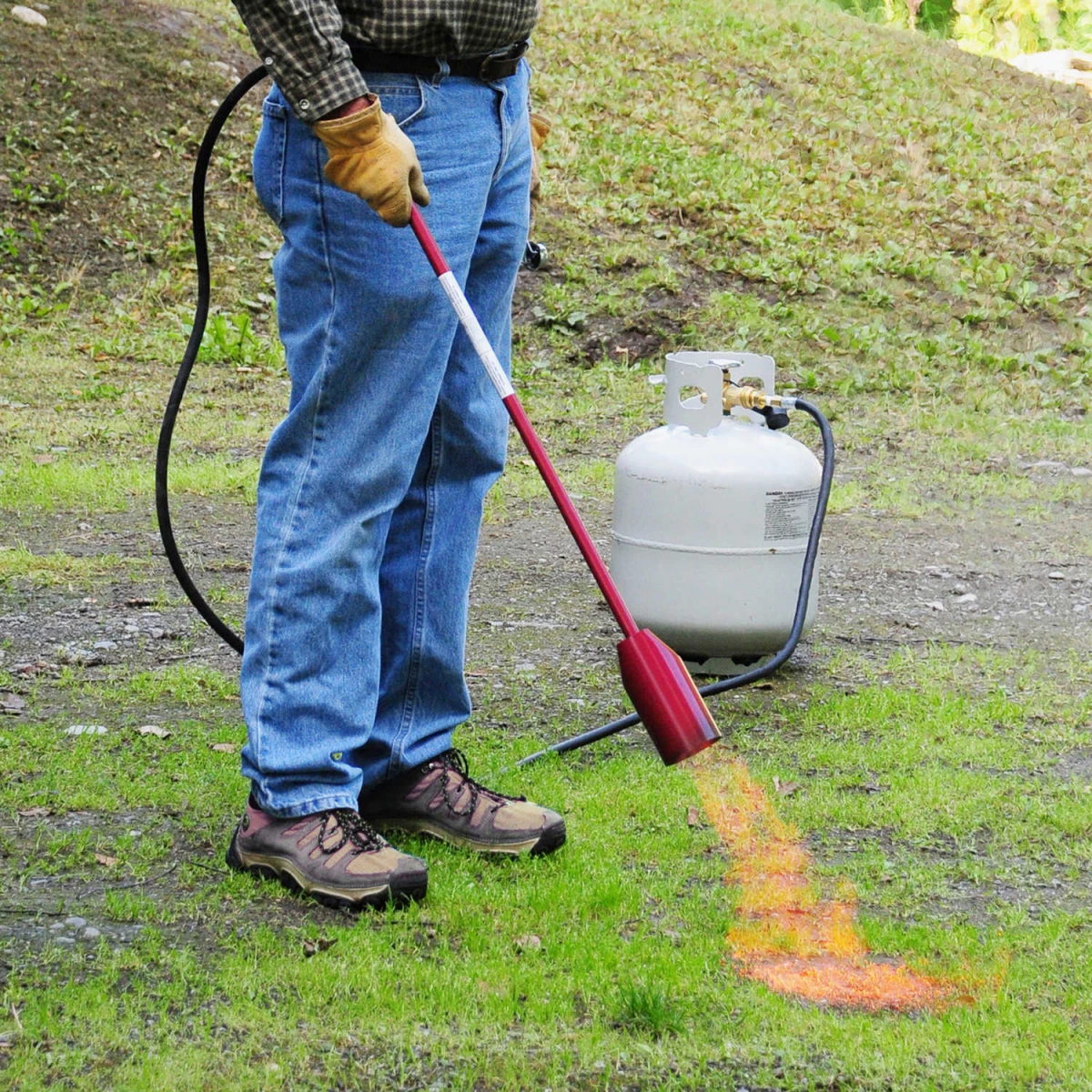
The Long Game: The Best Weed Control is a Thriving Garden
Ultimately, nature hates bare soil. If you leave a space open, something will grow there. The best long-term strategy is to outcompete the weeds by planting densely and using living groundcovers. When your desirable plants form a thick canopy, their leaves shade the soil and stop weed seeds from ever getting the light they need to sprout.
Your best bet is to look for groundcovers native to your area, but some reliable choices are Creeping Thyme for sunny spots and Sweet Woodruff for shady areas.
Effective, chemical-free weed management is a practice, not a single event. It’s about observation and working with nature. Start by identifying your weeds, then choose the right tool for the job. Be consistent, especially when weeds are young. Want to feel a win right now? Go find one big dandelion. Pour a little water at its base and wait ten minutes. Then go back and use that steady, twisting pull. When you see that long, satisfying taproot come out of the ground, that’s it. That’s the feeling. You’re not just weeding; you’re building a better garden.

Inspiration:

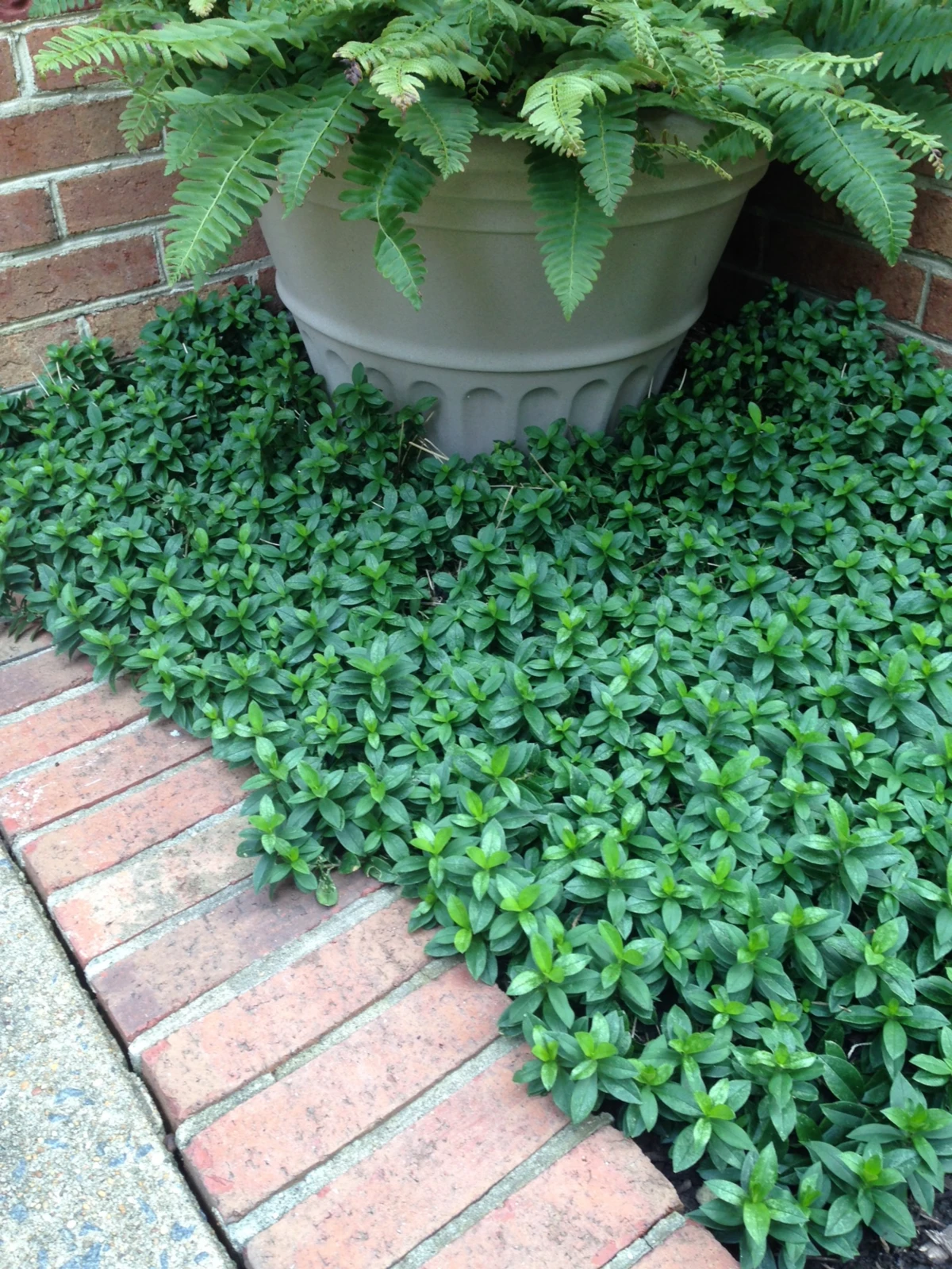
The right tool for the job: Battling perennial weeds with deep taproots like dandelions or burdock requires more than just a simple hoe. It’s about surgical precision.
For dense beds: A Japanese Hori Hori knife is an indispensable ally. Its sharp, semi-serrated blade slices through compacted soil and tough roots, allowing you to pry out the entire root system without disturbing neighboring plants too much.
For lawns or open areas: A stand-up weeder, like the popular models from Fiskars, saves your back and knees. Its long handle and claw mechanism let you center over the weed, push down, and pull the entire plant and its taproot out with satisfying ease.
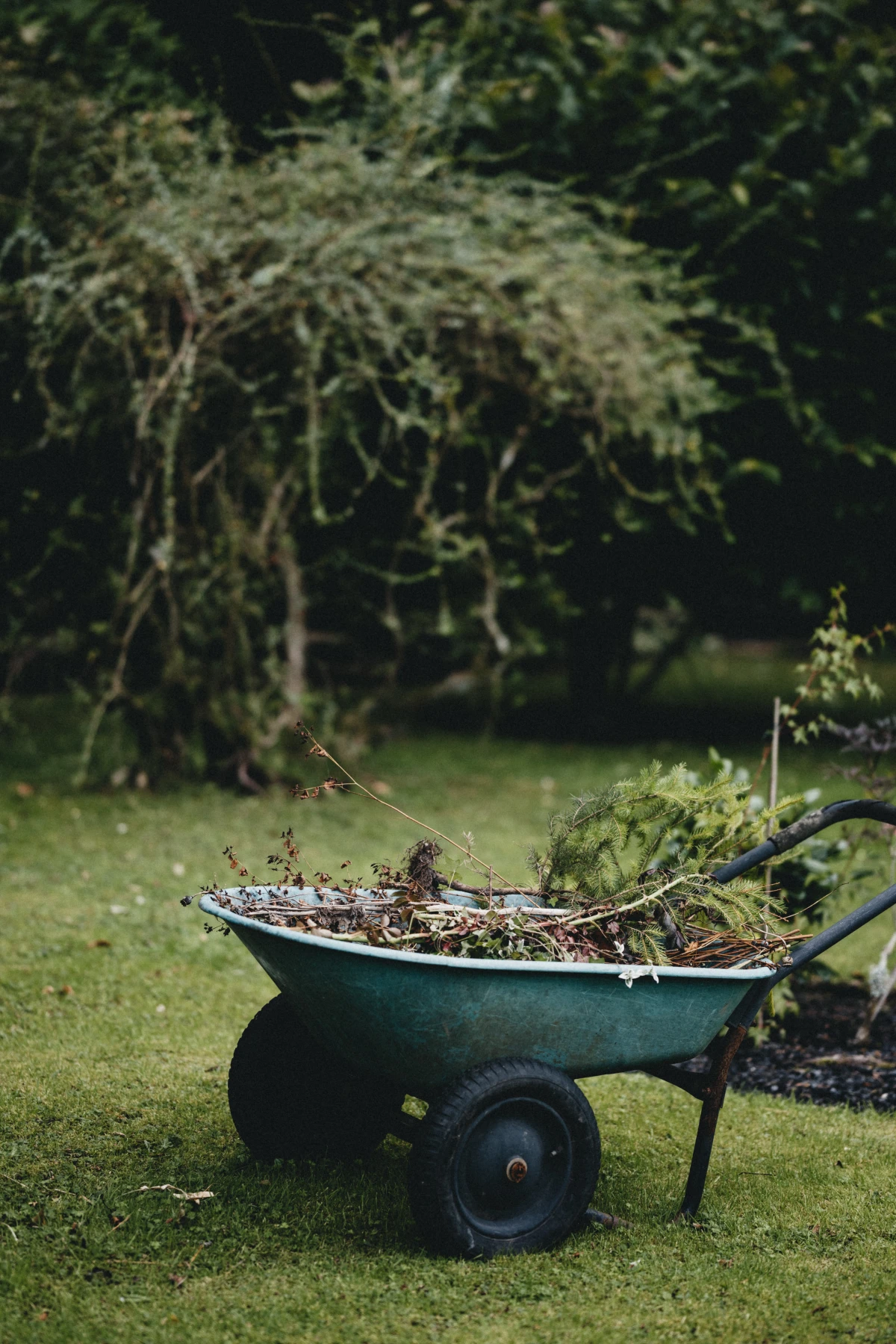
Some weed seeds, like those from common purslane, can remain dormant but viable in the soil for up to 40 years.
This startling fact highlights why the
Consider letting nature do the work for you by planting a










